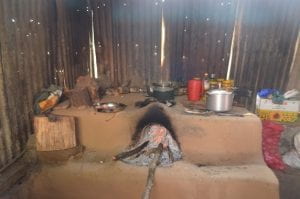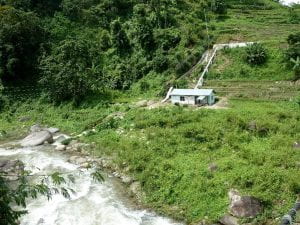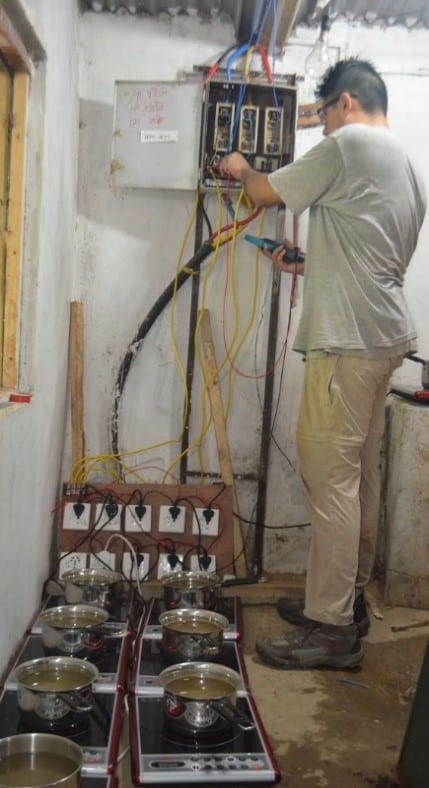 |
| Bristol Climate Strike September 2019. Image credit Amanda Woodman-Hardy. |
I became a co-convenor of the PSA Environmental Politics sub-group in 2019, against the backdrop of the rise of Extinction Rebellion and the increasing impact of the environmental movement. The convening team decided to reflect this in our workshop on ‘Activism and Academia in an Age of Environmental Breakdown’ at Nottingham Trent which aimed to not only bring together activists and academics but to critically reflect on the intersection between the two and try to explore how to hold academic events in this time of climate crisis.
As anyone who’s organised an event knows, finding a convenient date is half the battle. Balancing the start of term dates for myself and the other co-convenors was difficult and the date of 20th September 2019 was one of the few that worked for us all. But surely holding an event on environmental activism on the date of the global climate strike was contradictory? After much discussion, we decided that the fit between the theme of the conference and the strike could provide a rich source of discussion and that we should try and explore this. So we arranged for the lunch break to include time for anyone who wanted to, to attend the demonstration being held in the nearby city centre with directions provided.
Some participants also mentioned that they would be attending the workshop as part of their strike action, with one participant wearing a strike arm-band. Registration was free and we were clear that people could attend for whatever time they could, to further support people coming along as part of their strike activities. Participating in a climate protest, whether by labelling attendance at the workshop as such or briefly joining the main demonstration, while at the same time critically analysing both the protest and the intersection of activism and academia blurred the objectivity of the workshop, to say the very least. But bringing our practice into the workshop and openly discussing how they intersected, in addition to ensuring that no activism was compulsory, grounded our discussions and prompted each participant to reflect on how they experienced the intersection of both their research and their action.
The current wave of climate action and the groups that are spearheading it, such as the school strike movement and Extinction Rebellion, are distinct in the way that they are driven by young activists. Initially, we recognised this through a panel on youth engagement, with excellent speakers such as Dr Sarah Pickard presenting their work on young people’s political activism. However, this felt disingenuous and was not representative of the movement nor the agency of the young activists driving it.
So we reached out to young climate activists around the globe and asked if they would like to record a video to be shown at the conference which explained why they got involved with the climate strike movement and how the networks they were part of were organised. (We took advice regarding data protection and gained the consent of their parents when necessary.) Hearing directly from these activists from across Europe and America brought balance to the panel, ensuring that we weren’t just discussing youth activism, but listening and responding to them and their work directly. This activist engagement was also reflected in the speakers we invited to the conference and the call for papers.
We wanted to ensure that activists and practitioners were included and highlighted this in both the name of the workshop and throughout. For example, the ‘Critical Reflections on Extinction Rebellion’ panel featured activists from the group as well as academics who study it, and representatives from a local wildlife NGO took part in another panel.
The NGOs represented were from Nottingham and the Midlands in part due to proximity to the conference venue but also because we wanted to reflect the context of the area we held the event in, to ‘think global, act local’. We endeavoured to match this with an engagement with the wider context of climate activism, with a discussion of activism and academic globally and in the Global South in particular. Deciding against a specific panel on this topic, we tried to reflect the global context throughout the day, such as including videos from young activists around the world and a specific reflection on this topic at the start of the roundtable led by a scholar of and from the Global South.
However keeping the balance between the local and the global was difficult, raising questions of whose voices are included and whose are heard.
Within the workshop, we wanted to reflect the growing trend of more inclusive academic conferences, a trend that is particularly prevalent within environmental scholarship. The roundtable at the end of the workshop was designed to facilitate this, with activities that paired up activists and academics for discussion and time for the group as a whole to talk together. This turned out to be one of the strongest aspects of the workshop – certainly, it was one of the most commented upon and more space for this discussion, even at the expense of time for the earlier papers, would I think have been welcomed.
Reflecting on the workshop now, while there are changes I would make, the attempt to not only bring together academics and activists but to embed that approach within the format of the day and its priorities was I felt worthwhile. To research and teach on environmental issues in the face of climate denialism and apathy as well as the increasing environmental collapse is a political act and we should recognise that in our forums.
—————————-
This blog is written by Cabot Institute member Dr Ashley Dodsworth, a lecturer in politics in SPAIS at the University of Bristol and co-convenor of the PSA Environment sub-group. Her research explores the intersection of the history of political thought and environmental politics, and environmental rights. She is co-editor of Environmental Human Rights: A Political Theory Perspective (Routledge, 2018). This blog was reposted with kind permission from the Centre for Environmental Humanities at the University of Bristol. View the original blog.
 |
| Ashley Dodsworth |







